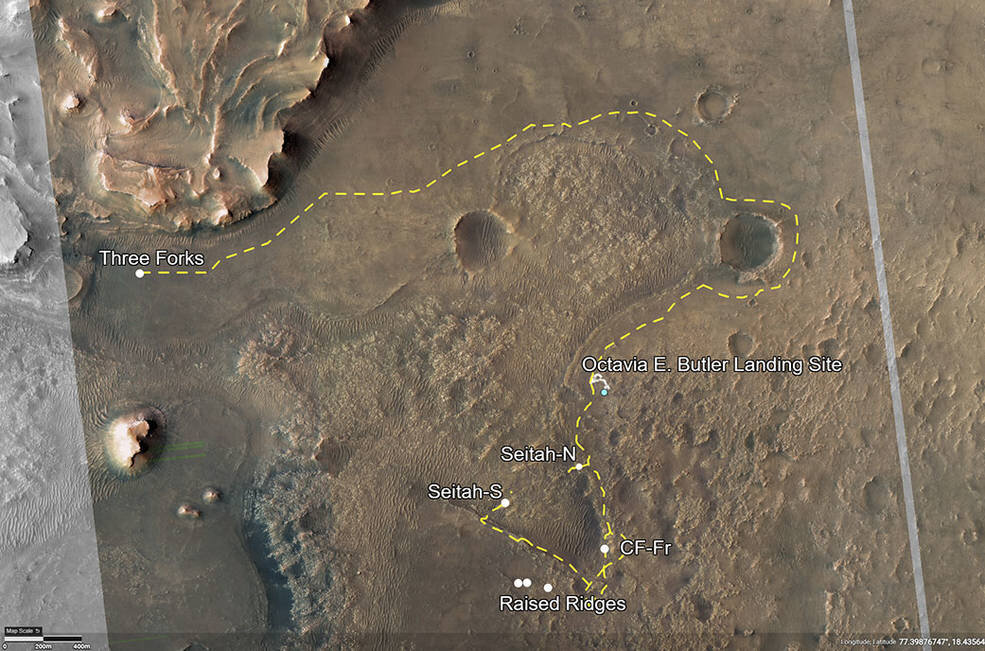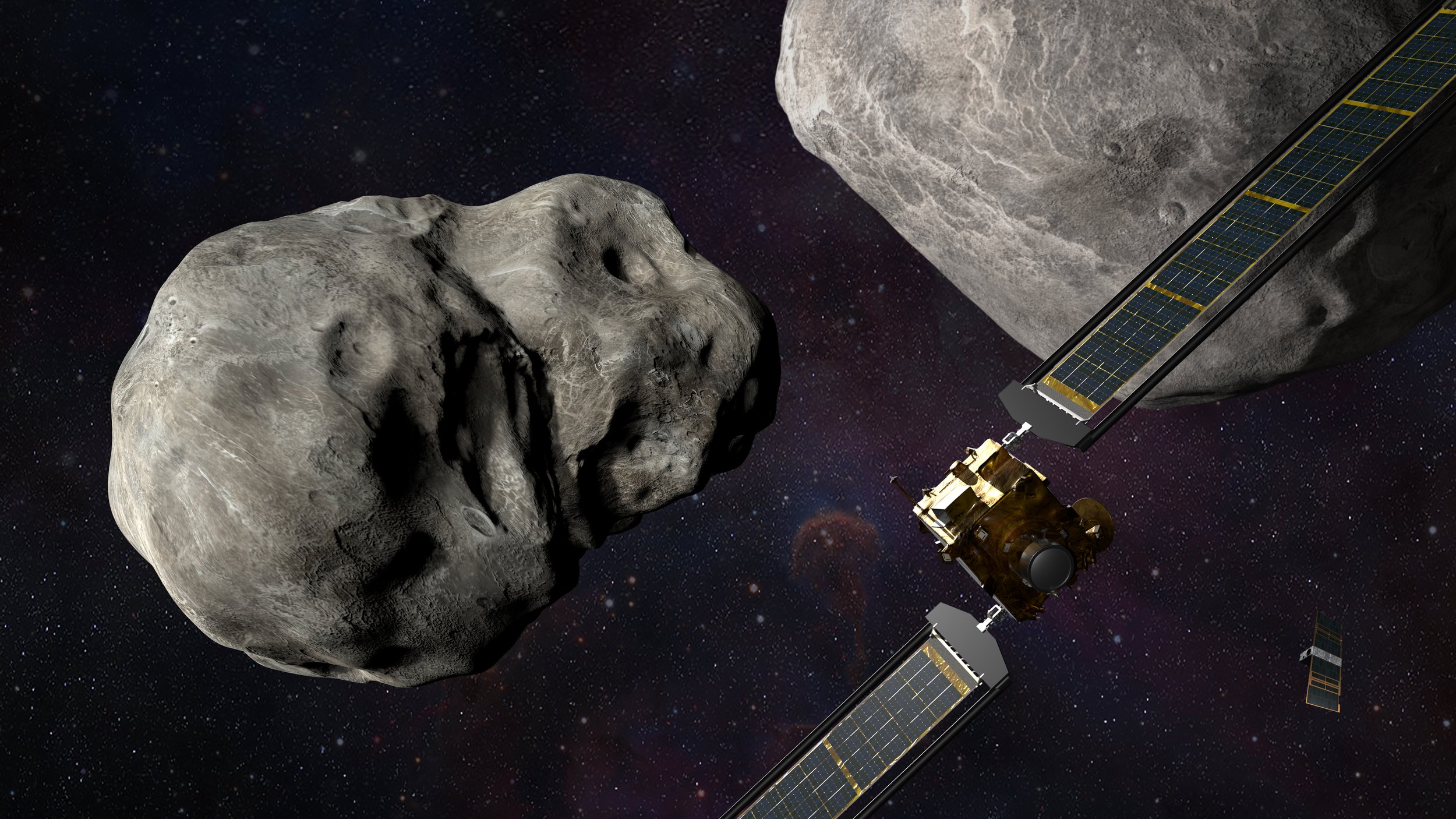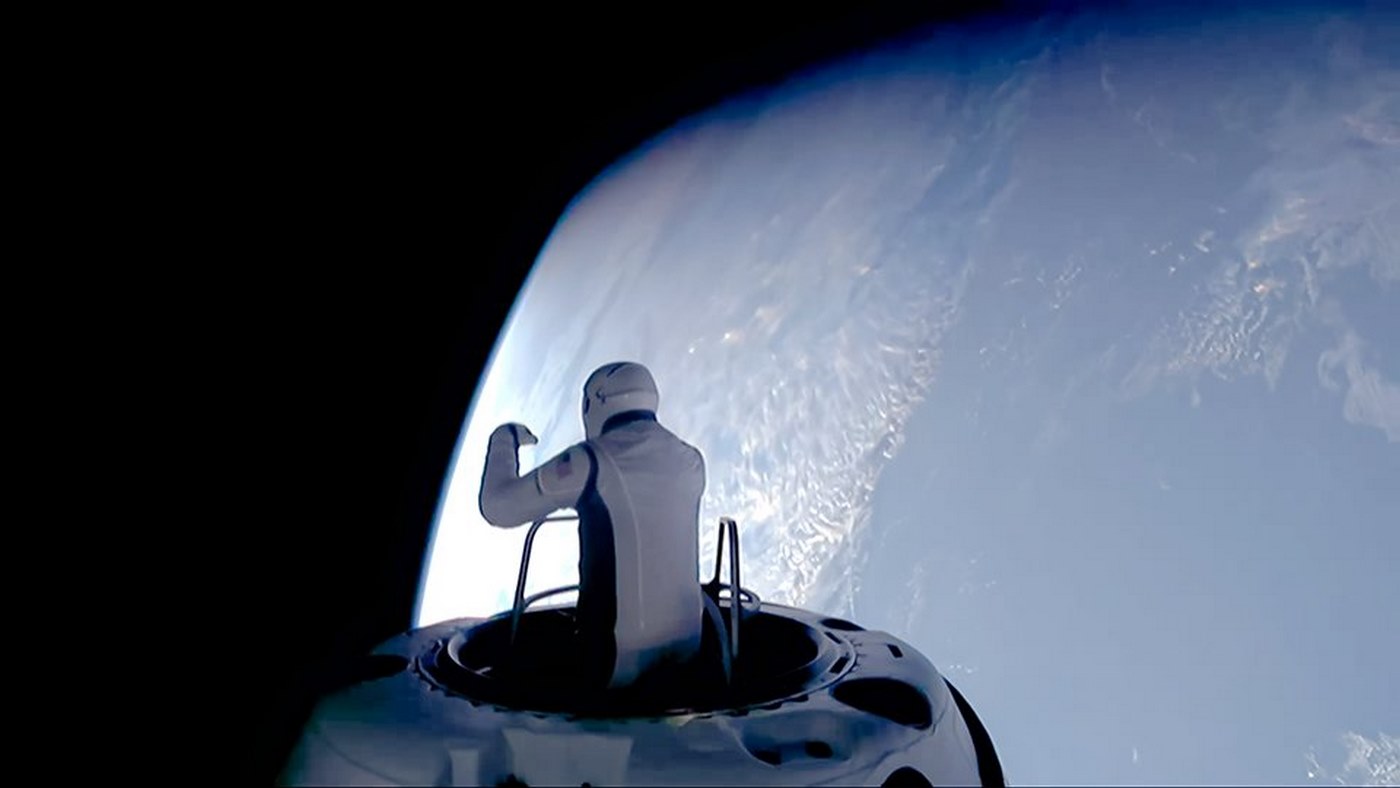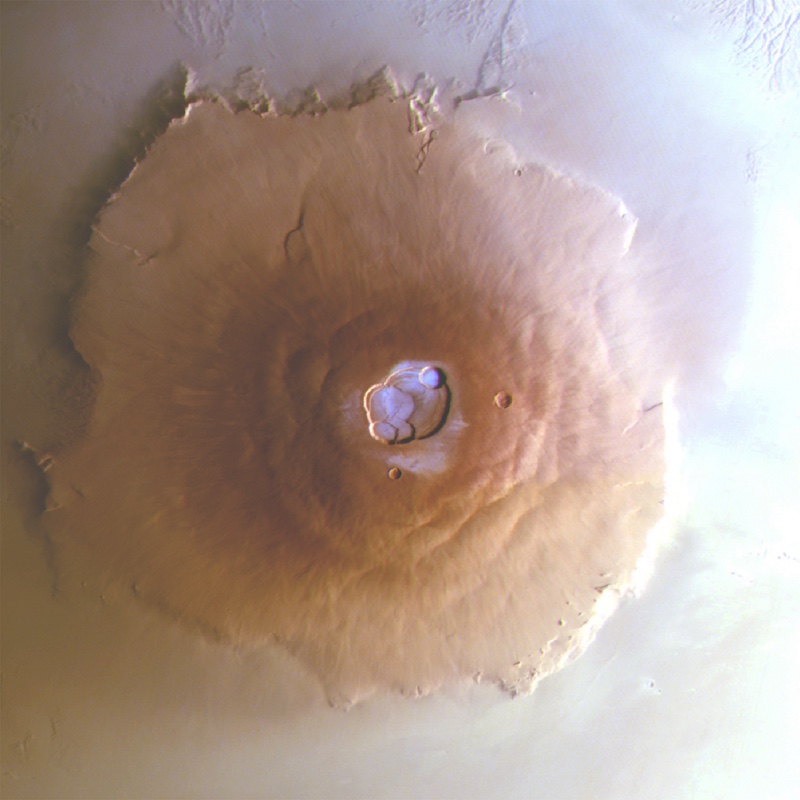PICTURED: a topographical satellite map of the next few years of Perseverance’s search for life on Mars. Photo credit: NASA/JPL-Caltech.
Months after NASA landed her 5th rover on the surface of the Red Planet, Perseverance is finally ready to leave the landing site and search for signs of microbial life in an ancient lakebed, having completed all preliminary checks.
Not that the 6-wheeled off-worlder hasn’t been busy. In the four months and change since it landed, it has taken 75,000 images, recorded the first-ever audio sample of the Martian surface, supported the Ingenuity Mars Helicopter as it achieved the first-ever rotary flight on Mars, and demonstrated a piece of technology that converts Mars’ CO2-rich atmosphere into stored oxygen.
“We are putting the rover’s commissioning phase as well as the landing site in our rearview mirror and hitting the road,” said Jennifer Trosper, recently-appointed Perseverance project manager at NASA’s Jet Propulsion Laboratory. “Over the next several months, Perseverance will be exploring a 1.5-square-mile [4-square-kilometer] patch of crater floor. It is from this location that the first samples from another planet will be collected for return to Earth by a future mission”.
Perseverance will survey the Jezero Crater floor, in which 3.8 billion years ago there was a huge lake, for signs of ancient life in order to assess the past habitability of the planet.
Its course will see it pass through two geologically-distinct and significant areas, the crater ridges and floor, and another area called “Séítah” (meaning “amidst the sand” in the Navajo language).
PICTURED: This virtual 360-degree roadmap is actually a 2.4 billion pixel image stitched together with 992 individual panoramas. Photo credit: NASA/JPL-Caltech.
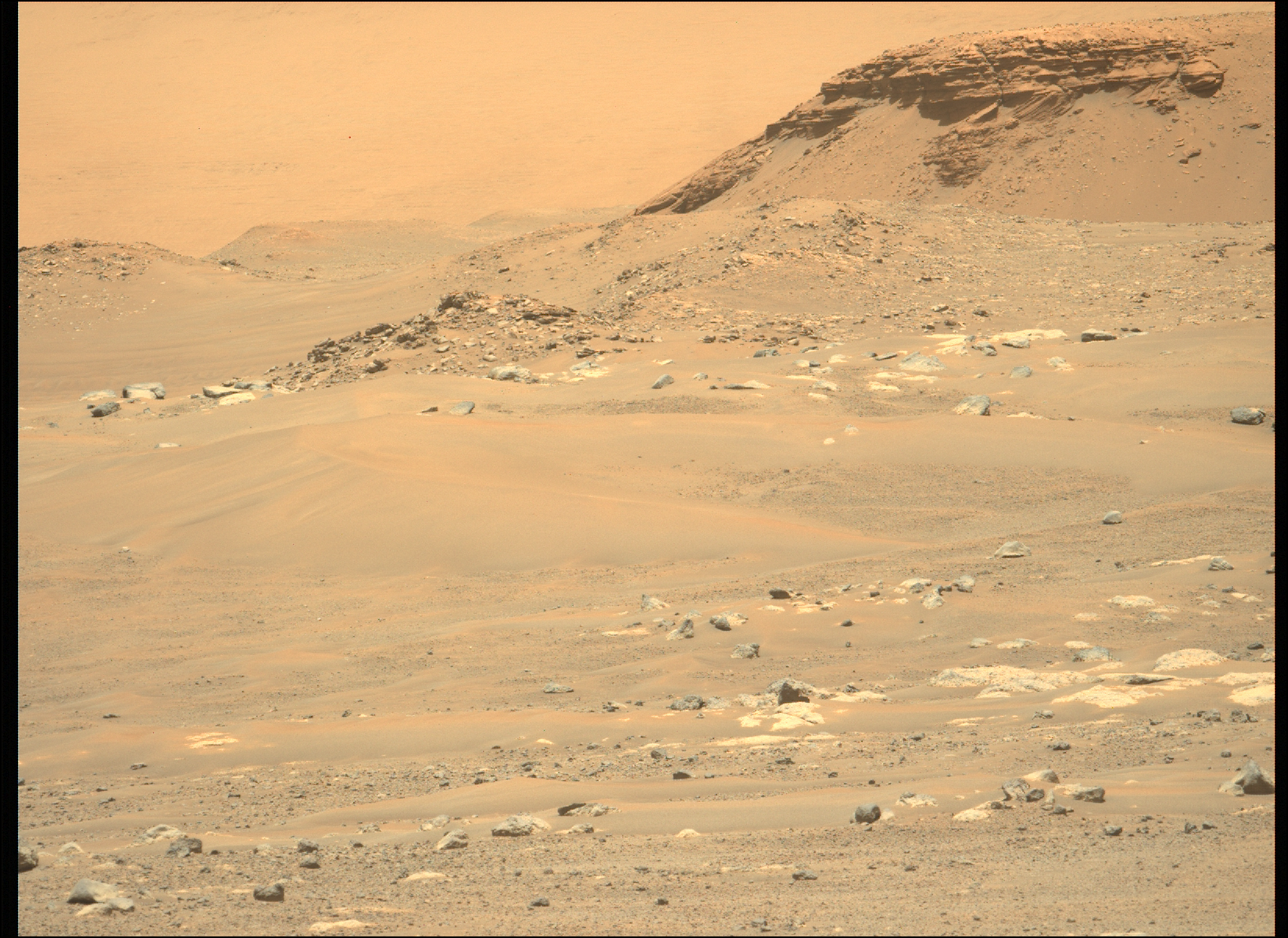
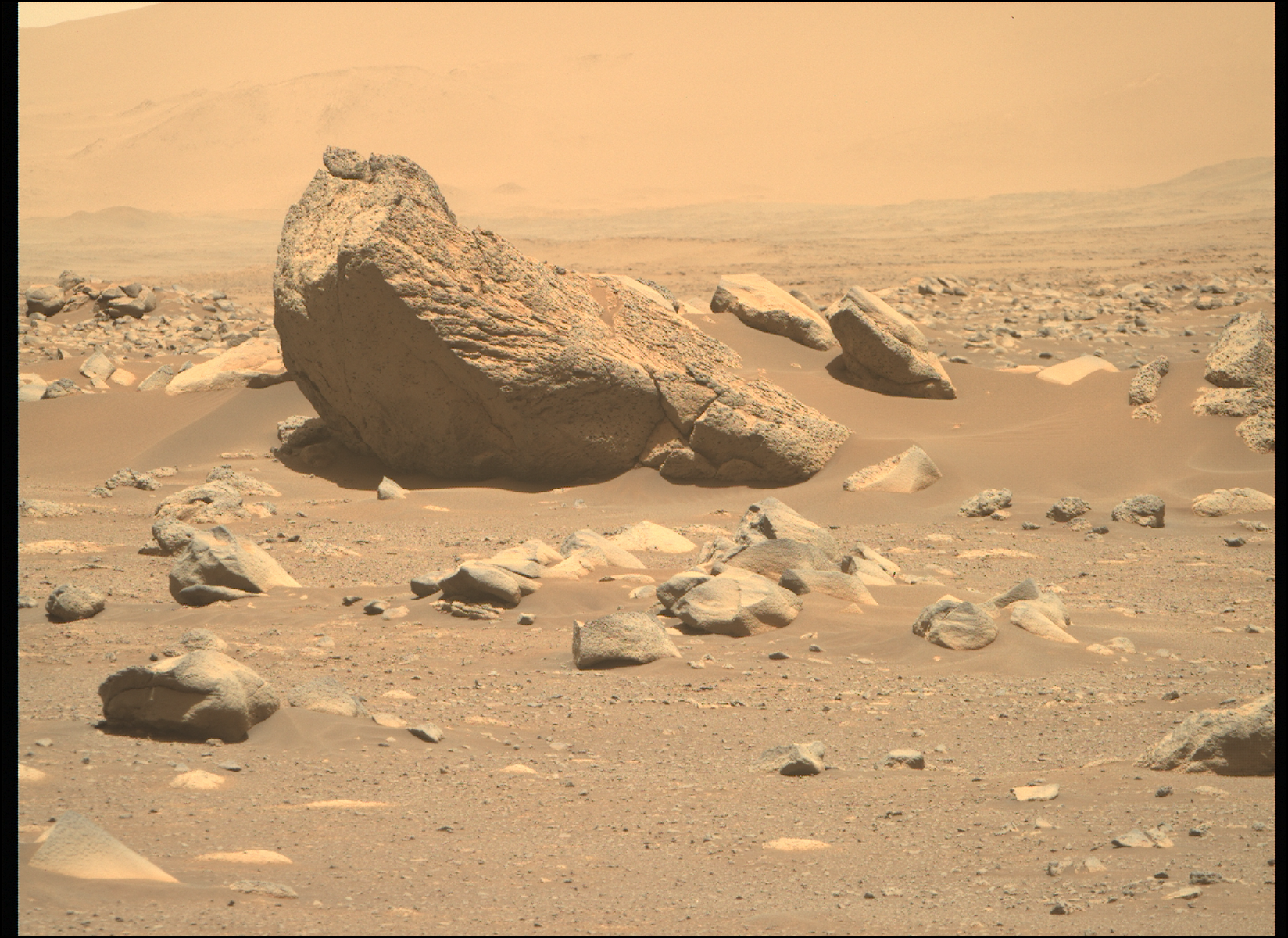
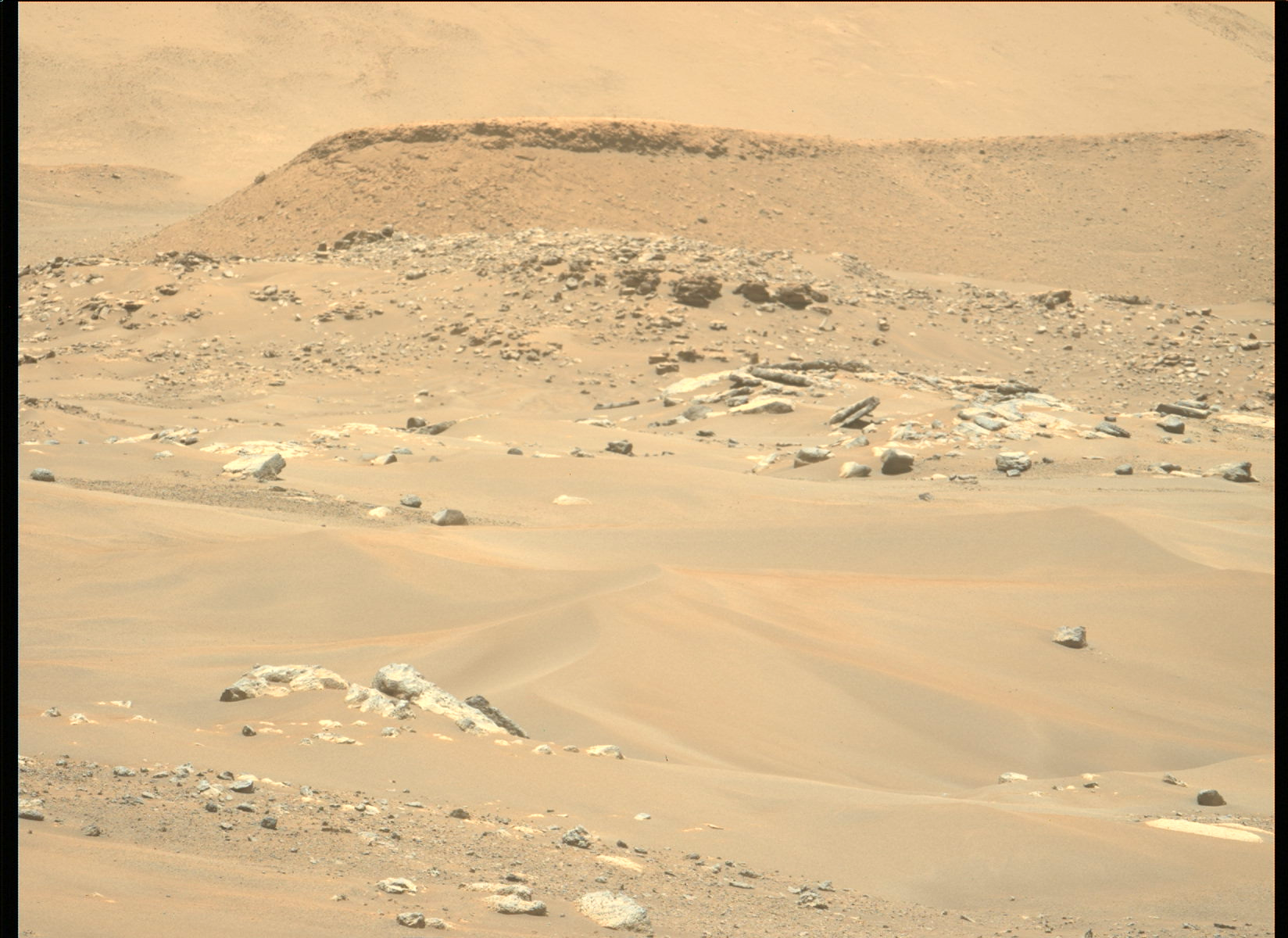
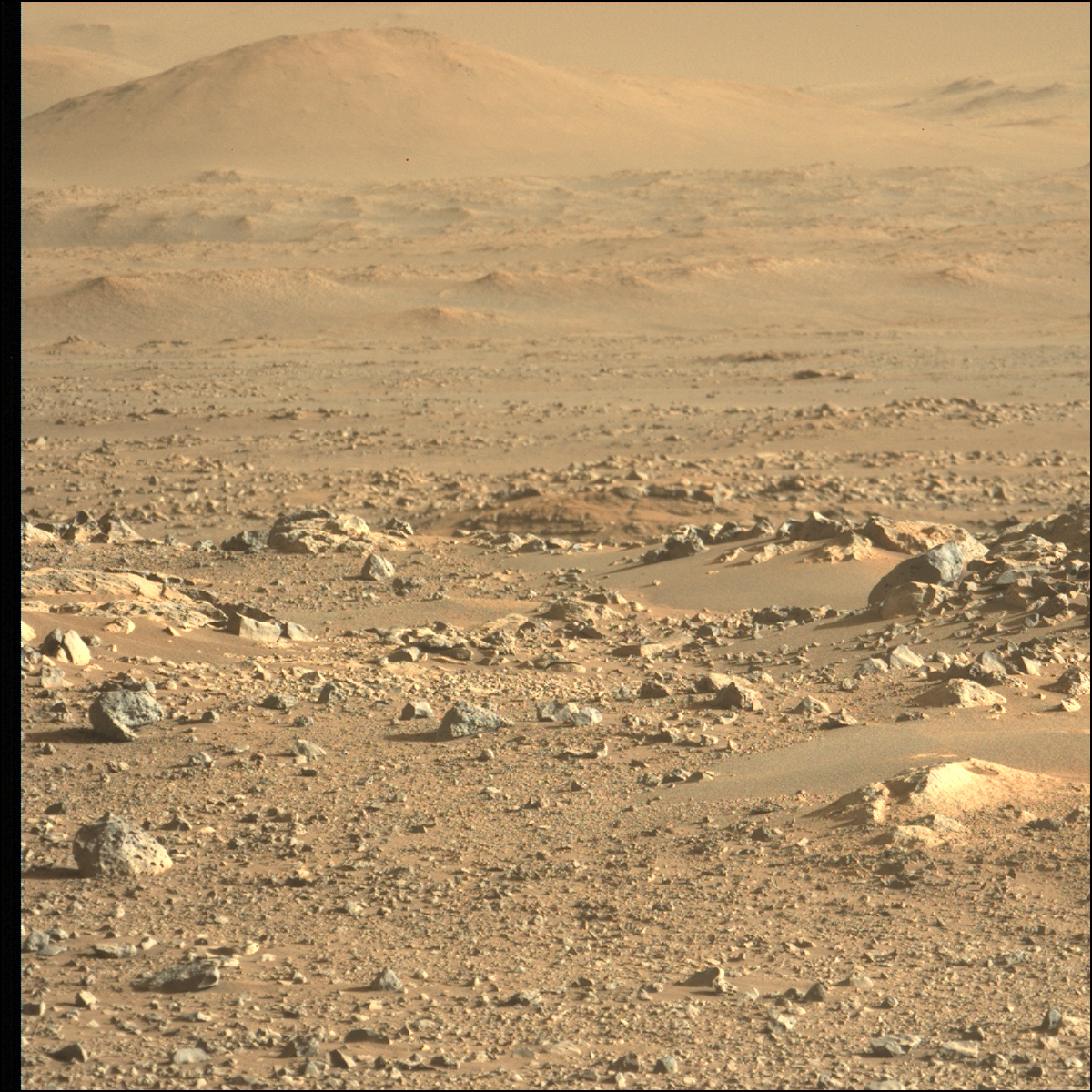
PICTURED: Some of the more than 75,000 raw images taken by Perseverance of its surrounding area. Photo credit: NASA/JPL-Caltech.
Road trip
Using a kind of old-fashioned road trip guide, with pull off destinations and points of interest, Perseverance will look to sample four sites within these two locations which the team feels tells the best and biggest part of the story of Jezero Crater’s early geological history.
In the Séítah portion, the rover will be crossing difficult terrain such as sand dunes which could give it some trouble, but features like layered rock, ridges, bedrock, and boulders make it worth exploring. The layered rock is especially important as the area was once underwater, and so the layers could contain sediments.
After traveling between 1.6 and 3.1 miles, during which 8 of the 43 rock and regolith sample containers will be filled, the rover will arrive back at the landing site for its next trip, a drive to Jezero’s delta region.
Here the Jezero Crater lake met with a river long ago, and NASA hypothesize the area could contain carbonates. More samples will be taken here, as river deltas are especially rich with life here on Earth. If everything goes to plan, the samples will be ready for transport back home when a mission co-led by the European Space Agency arrives years from now as part of the first-ever transport of Mars material back home.
